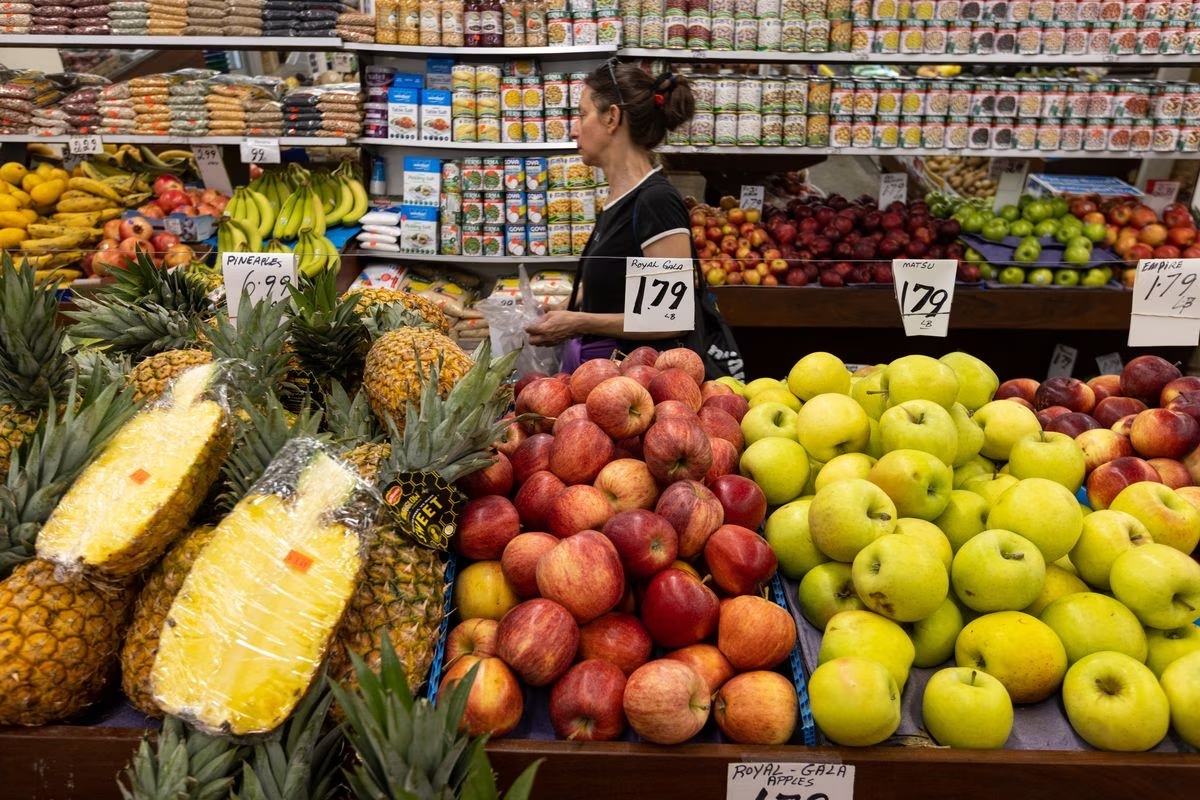
A woman shops at a local store in Kensington Market, in Toronto, on May 31. AMMAR BOWAIHL/THE GLOBE AND MAIL
The last normal summer was in 2019.
Since then, we’ve slipped into what feels like a perma-crisis world of pandemic, war in Europe, an overloaded health care system and climate change disruption. The world isn’t headed back to the quieter days of 2019 any time soon, and neither are your personal finances. Here are five realities, both good and bad, to guide your planning.
Roughly two-thirds of the population is seeing the highest interest rates of their lives for savings
Only boomers and older generations have seen better rates on savings accounts and guaranteed investment certificates in their lifetimes as adults with money to save. The rest of the population is getting a welcome introduction to the idea that savings is about both safety and generating interest.
Today, you can get inflation-beating rates in both savings accounts and GICs that carry virtually no risk because of deposit insurance.
Wondering what to put in your tax-free savings account? How about a virtually risk-free five-year GIC ladder with interest rates around 5 per cent. Invest equal amounts in GICs maturing in one through five years. Depending on your needs, you can either reinvest money at maturity, or take it in cash.
All debt is bad debt
Good debt is borrowing that helps you build wealth – say, a mortgage or an investment loan – while bad debt pays for things that depreciate or have no lasting value. This distinction had its uses when interest rates were low and using debt to acquire a house or investments made clear financial sense.
With rates at current levels, all debt is bad debt. You borrow where you must – to buy a home or maybe a vehicle. But otherwise, debt is best avoided unless you’re in a financial emergency.
A home equity line of credit, or HELOC, the smartest way to borrow, carries an interest rate in the area of 7.45 per cent these days, which compares to 2.95 per cent a couple of years ago. HELOCs were almost guilt-free when rates were low. Today, they’re an expensive way to finance anything – toys, trips and investments in real estate or stocks. Can you consistently beat 7.5 per cent after fees in your investing? Few can.
Grocery shopping is the new dental visit
The “joy of food” experience at the grocery store, if there was such a thing, has morphed into discomfort at best and outright pain at worst, as a result of high inflation. Relief will be defined as smaller price hikes, not a pullback in prices. Inflation over the past 18 months has baked higher prices into the system.
There’s no one answer to high food costs, only micro-solutions. Grow your own veggies in the summer, download and use apps that connect you with coupons and sales, buy in bulk, preplan meals, don’t shop when you’re feeling hungry, pivot to cheaper brands, sizes, tastes and cuts. Every full-price item you buy is a win for inflation.
0.5-bedroom homes, anyone?
Too many people are chasing too few homes. Even if we flood the market with newly built houses and condos, we will not change the balance of supply and demand enough to reopen the door of affordability to the urban middle class. For that, we need a housing market crash coupled with a plunge in interest rates. No one is forecasting this.
Buying a home for young adults without well-off parents or high-paying jobs will come down to choices like buying in a cheaper city or buying small – a condo, townhouse or a tiny house like one recently listed for rent in Toronto with “0.5 bedrooms.” Other options include multigenerational or co-operative living with friends. Home ownership will happen, but in different ways.
Be angry at politicians for letting housing get to this point of unaffordability, but be realistic. Global cities like Toronto, Vancouver and Montreal are expensive to live in.
Taxes, fees and levies are headed higher
Does anyone seriously believe we can address the problems facing all levels of government without bringing in more tax revenue? The federal government has increased health care spending by billions of dollars, but emergency department waiting rooms are still overtaxed and too many people can’t find a family doctor or an affordable home. Also, our aging population will need increasing amounts of health care.
Climate change is another spending commitment we can’t avoid. Money will have to be spent on adaptation – shoring up buildings and other infrastructure for a warming world – and on providing incentives for people to buy electric vehicles, replace their gas stoves, swap out their gas or oil furnaces for heat pumps, and more.
Governments need to stop wasting money through blind inefficiency, but it won’t be nearly enough to pay the bills ahead. Taxes, user fees and other levies will need to go up.
ROB CARRICK
PERSONAL FINANCE COLUMNIST
The Globe and Mail, July 5, 2023
